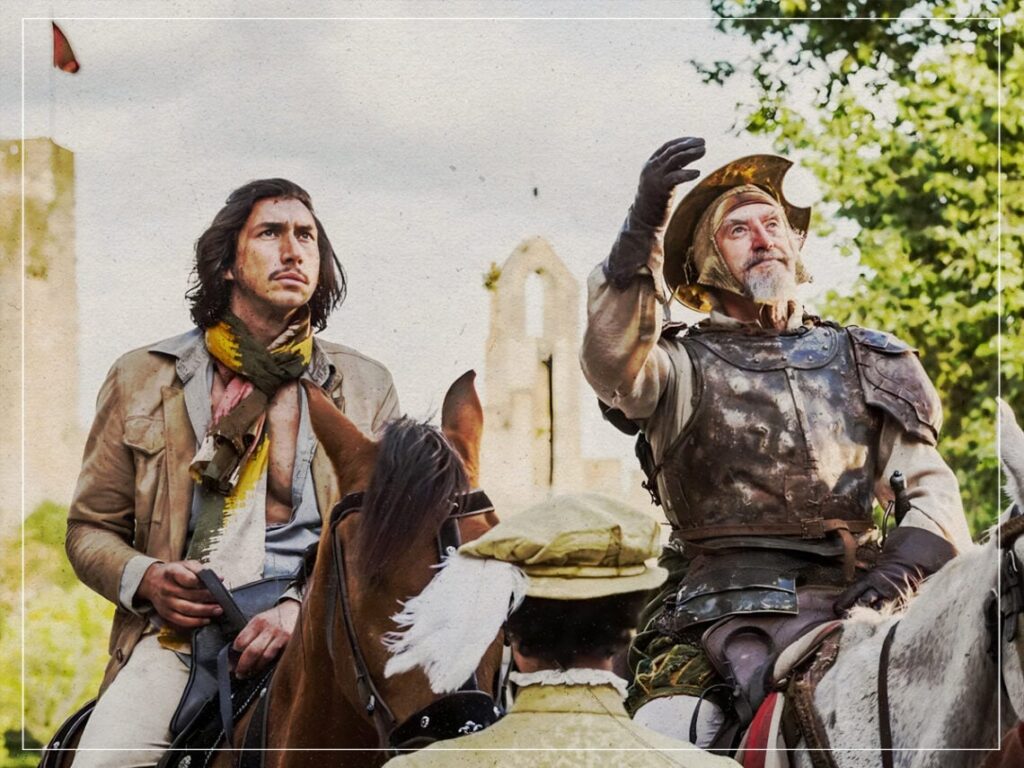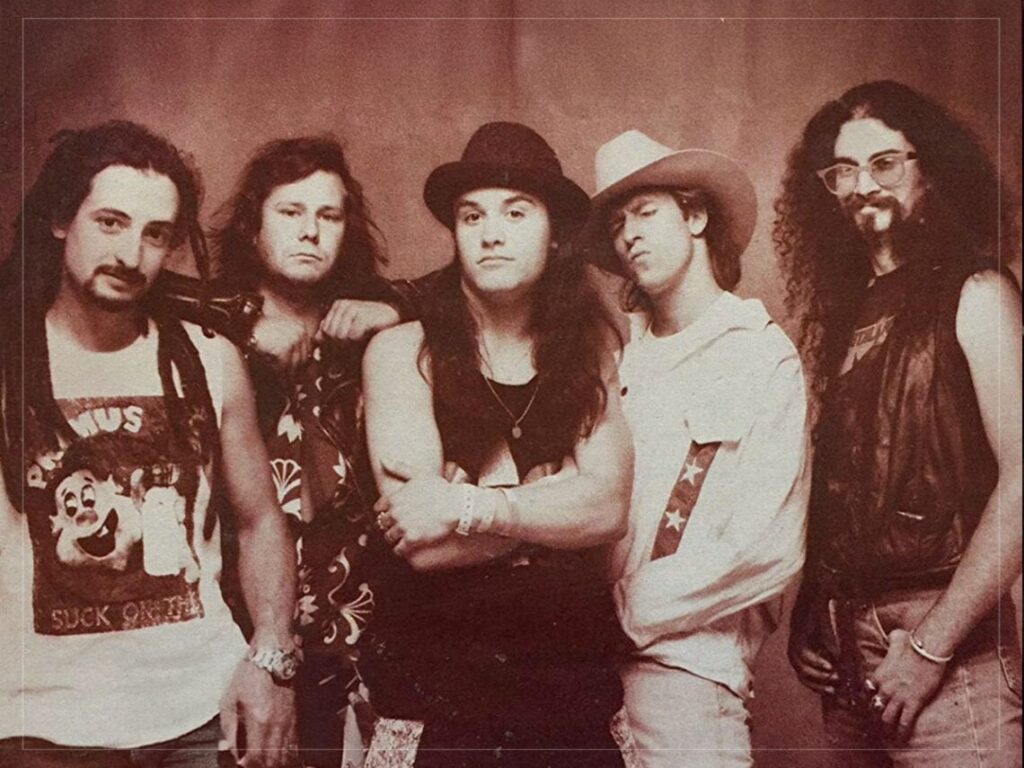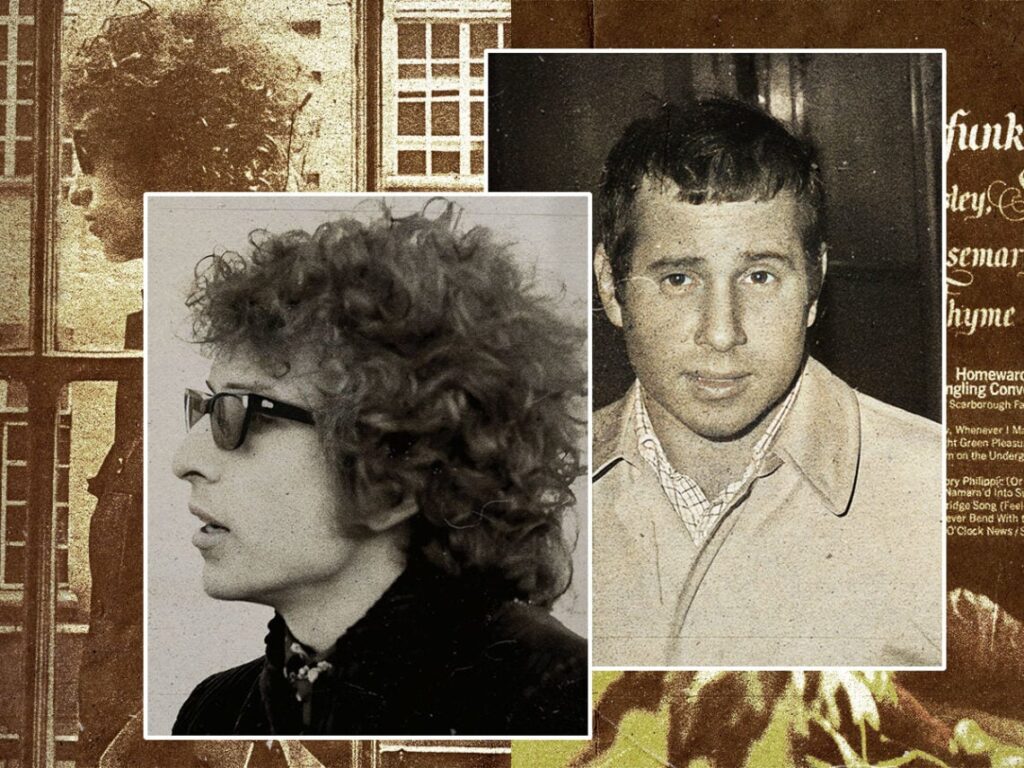NATO, floods, and 15 years of turmoil: The cursed production of Terry Gilliam movie ‘The Man Who Killed Don Quixote’
 Posted On
Posted On
(Credits: Far Out / Sparky Pictures)
His famously bullish nature has seen him butt heads with countless producers, studios, and stars over the years, but Terry Gilliam deserves immense credit for refusing to give up on The Man Who Killed Don Quixote, which was the definition of a cursed production for almost 30 years before finally making it to the screen.
The actor, comedian, and filmmaker was determined to turn Miguel de Cervantes’ novel into a feature film as soon as he read it for the first time, with the project starting to move through the gears as early as 1990. When he realised he wasn’t going to get the budget necessary to execute his vision, Gilliam ended up placing Don Quixote on the back burner, a position to which it would soon become accustomed.
It was briefly in development without him, though, and in what would have been a crushing irony given their shared history, John Cleese was being lined up for the title role. However, that iteration was axed in 1997, before The Man Who Killed Don Quixote swiftly emerged from the ashes, and not for the last time, either.
Refitting the novel through a modern lens, the story revolves around a marketing executive who travels back through time to meet Quixote, who was now set to be played by Jean Rochefort. Johnny Depp signed on for the part of Toby, with then-wife Vanessa Paradis set to play his love interest, and a supporting cast featuring Jonathan Pryce, Miranda Richardson, and Christopher Eccleston, among others.
A decade behind schedule, cameras finally started rolling in September 2000, which is when the shit really hit the fan, flew through the air, and caked everyone within its orbit in a thick layer of excrement. Shooting took place in the relatively barren surroundings of rural Spain, except for the repeated habit of fighter jets flying overhead due to the location’s close proximity to a NATO military base.
Redubbing the audio and dialogue in post-production was hardly an insurmountable obstacle, but floods washing away huge amounts of expensive equipment, destroying portions of the set, and altering the complexion of the landscape to ruin any semblance of visual continuity certainly were. To make matters worse, the insurance on The Man Who Killed Don Quixote didn’t cover the damage, leaving the production out of pocket.
Leading man Rochefort was then diagnosed with a double-herniated disc in his back and prostate issues, which made the prospect of riding horses and shooting scenes unmanageable. Gilliam tried to work around the star’s absence to no avail, with the plug being pulled altogether two months later to send the filmmaker spiralling right back to square one.
The documentary Lost in La Mancha created renewed interest after the documentary showcased the wretched bad luck Gilliam was forced to contend with, but its reputation made it a risky proposition for potential investors. The Monty Python veteran never once gave up hope, even when Depp departed knowing his schedule was so stacked he’d never be able to commit should Don Quixote be resurrected yet again.
Robert Duvall claimed he was the new lead, Ewan McGregor was cast as Depp’s replacement Toby in 2010, before the funding collapsed and it was abandoned once more. In 2014, John Hurt was in the mix as Quixote number three, and Jack O’Connell emerged as the third iteration of Toby before things eventually began to turn in Gilliam’s favour.
In early 2016, it was announced that Pryce – who’d been set for the very first version – and Adam Driver were locked, loaded, and ready to go on The Man Who Killed Don Quixote, which got underway in March 2017 and managed to avoid disaster. On camera, anyway, Gilliam became embroiled in a long-running legal dispute with producer Paolo Branco, who ultimately didn’t kneecap the film as so many other incidents had previously.
Was the arduous slog worth it? Gilliam would undoubtedly say yes because he’d finally accomplished his goal, but The Man Who Killed Don Quixote didn’t make much of a splash on the cinematic consciousness beyond being sought out by those aware of its troubled history. In an interview with the British Film Institute, the vindicated director summed up his association with the project in a nutshell.
“I think films can – to use a technical term – fuck up people’s lives, and that is very much at the core of this one.” Truer words have rarely been spoken, but at least Gilliam got there in the end.
[embedded content]


